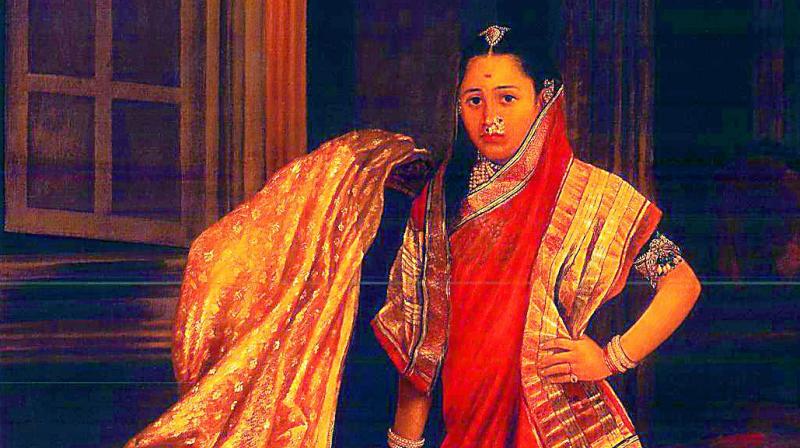Reviving a lost legacy

From time immemorial, Indian artisans have been known the world over for their brilliant handicrafts and weaves. However, with time and increasing industrialisation, many weavers and artisans have lost their sheen. Now, in an attempt to revive their lost glory, members of many Royal houses have come together for a two-day heritage exhibition titled Royal Fables, that was inaugurated in the city on Tuesday.
 Princess Manjari Mishra of Ayodhya
Princess Manjari Mishra of Ayodhya
Giving an insight into the exhibition and its aims, the founder of Royal Fables, Anshu Khanna says, “Prior to Independence, the Royal families of many states supported and encouraged local art and artisans, who worked at the palace karkhanas or royal studios. However, things changed dramatically after Independence. Royal Fables is an attempt to keep that heritage alive and showcase the brilliance of Indian artisans to the world,” adding, “We are working with around 35 Royal houses across India to help revive art, handicrafts, textiles, music and cuisines.”
 Kanwarani Ritu Sinhji Wankaner
Kanwarani Ritu Sinhji Wankaner
Reviving lost art and textile
It is believed that Indian artisans were so talented that many foreigners came to learn the craft from them. However, many art forms died a painful death under the British colonial rule, especially due to industrialisation.
 Rajkumari Alka Rani Singh of Pratapgarh
Rajkumari Alka Rani Singh of Pratapgarh
Shedding light on why is it important for the Royal families to help revive ancient art forms, Rajkumari Alka Rani Singh of Pratapgarh (now a part of Uttar Pradesh), who is supporting the tissue weavers says, “Back in the days, Royal families provided patronage to the artisans. There were teams of painters, weavers, chefs, musicians, sculptors etc. who would work for the Royal family and thus earn a lot. But now, all that is a thing of the past, and Royal families that once gave patronage to these artisans must help them set up their business again. Especially because the Royals understand the locals and their talent much more than any government officials.”
 Princess Vaishnavi Kumari
Princess Vaishnavi Kumari
Helping the artisans
While many artisans are trying to keep their family traditions and vocation alive, lack of financial support is a major issue.
Princess Vaishnavi Kumari of Kishangarh (now a part of Rajasthan), who is working towards reviving miniature paintings, shares that many young people are breaking the family tradition and moving towards bigger cities to earn more. “Kishangarh has painters who have had this vocation in their families for generations now but since the past few years, young artists are breaking away from tradition and migrating towards lucrative jobs in private and government sectors.
A lack of patronage and innovation in design have also contributed to the decline of miniature painting in Kishangarh,” she says, adding, “At Studio Kishangarh, our primary aim is to provide employment. Without innovation and modernisation, we are just stagnant and not at all like the ateliers of old.”

